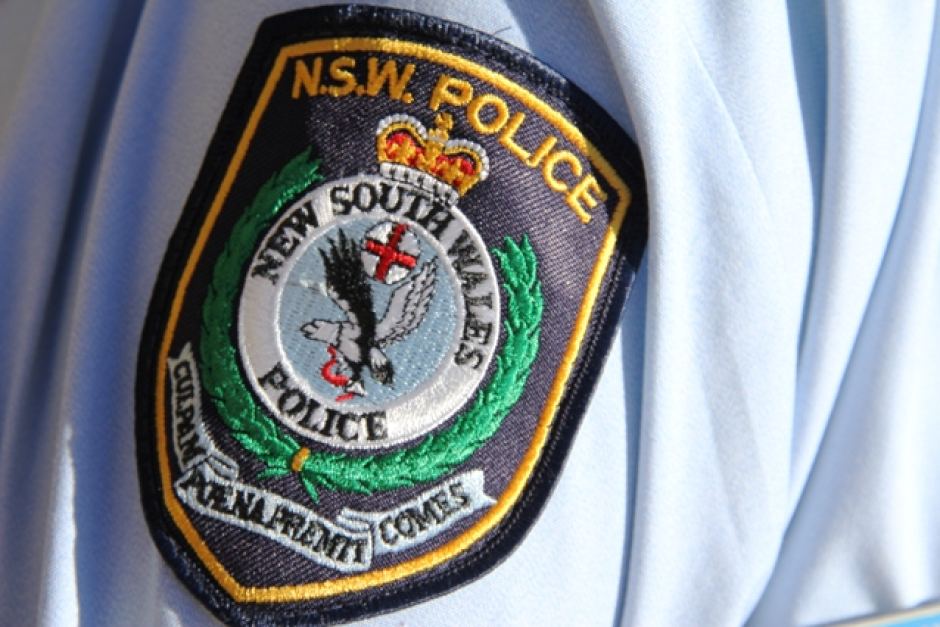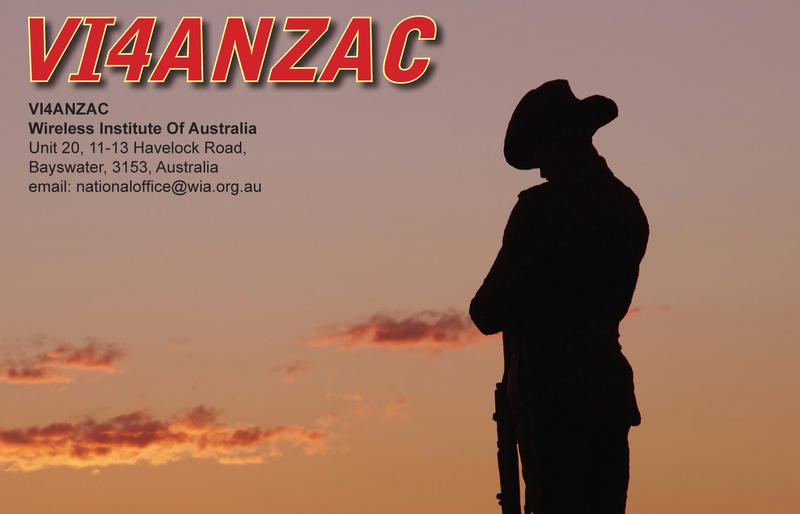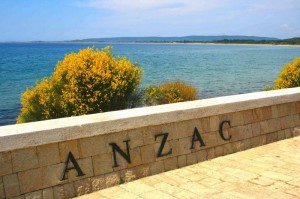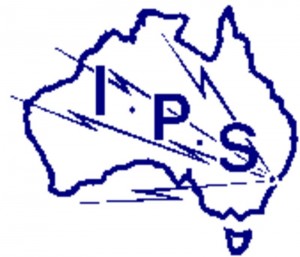 From the NSW Police Force Media Release Archive (article has been truncated removing detailed PEATS information).
From the NSW Police Force Media Release Archive (article has been truncated removing detailed PEATS information).
Monday, 30 November 2015 05:03:23 PM
Police radio transmissions will be encrypted in parts of the state’s north next month under new arrangements aimed at improving officer safety in the region.
The encryption process, which is expected to go-live mid-December, will affect digital radio across Coffs Clarence, Mid North Coast, Richmond and Tweed Byron Local Area Commands.
This follows the successful encryption of police digital radios across all commands in the Sydney metropolitan region, Newcastle and Wollongong seven years ago.
Northern Region Commander, Assistant Commissioner Jeff Loy, said the process is an important step forward in ensuring the safety of police.
“Criminals will no longer be able to listen in on police radio transmissions or follow emergency responses, which means we’re eliminating a significant risk to officer safety,” Assistant Commissioner Loy said.
“Policing can be a highly challenging and at times dangerous job, and we’ll continue to develop and implement strategies that make their role as safe and secure as possible.
“Encrypting radio transmissions not only means protecting the welfare of our officers, but also helping them solve and prevent crime,” Assistant Commissioner Loy said.
The change will also affect local media organisations as they’ll no longer have access to monitor police radio via scanners in newsrooms and vehicles.
“We will continue to assist media in the important role they play in communicating information to the public that helps tackle crime,” Assistant Commissioner Loy said.
“To maintain this connection, we’ve developed and implemented the Police External Agencies Transfer System (PEATS), an internet feed that has been used for a number of years to provide information on police activity, in place of radio transmissions.
“In addition, we’ll work with affected media organisations to ensure the new measures allow opportunities to attend operations of public significance,” Assistant Commissioner Loy said.
How Media Organisations gain PEATS Access:
The Police External Agencies Transfer System (PEATS) is an internet based platform for publishing selected Computer Aided Dispatch (CAD) information to authorised Media Organisations. Similar systems exist in other states.
For a media organisation to be approved for PEATS access, it must provide news and current affairs broadcasts/newspapers to the public.


 From the
From the 

